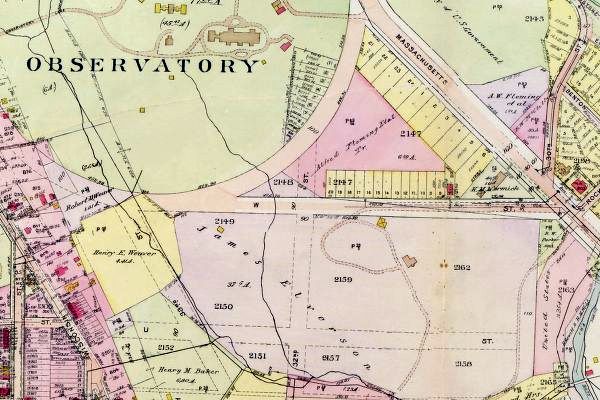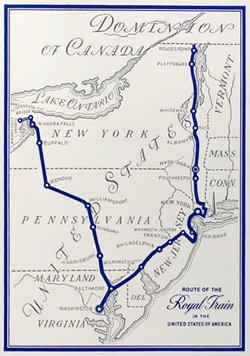Category British Ambassador’s Residence Washington

The Myths of the British Embassy II: the Location with Lutyens
The previous entry in this website surveyed the District’s Gilded Age landscape with its Beaux-Arts architecture existing on Massachusetts Avenue before the British Chancery and Ambassador’s Residence arrived in the neighborhood. This was to address misinformation about and the perplexing view that the architect, Sir Edwin Lutyens, designed the United Kingdom complex in rural land […]

The Myths of the British Embassy I: the Location before Lutyens
There persists the unfortunate belief in some publications that in the 1920s the government of the United Kingdom chose a remote site with “little civilization nearby” for their new Washington Embassy. While the British with their previous diplomatic building pioneered the countryside around Connecticut Avenue—with livestock pens and crumbling Civil War barracks for neighbors—that is […]

The Thatcher Years (1979-1990)
All of the three British ambassadors posted to the United States during the Thatcher years had a personal, practical interest in the gardens. Sir Nicholas Henderson (1979-82), was an avid gardener, who during his previous appointment to Paris displayed gardening exhibitions in the British Ambassador’s residence (such as one promoting garden tools). He came to […]

John Thouron, landscape architect, British Embassy
Prince Charles and Diana, Princess of Wales, came to Washington during their first United States trip as a couple in November 1985. There was overwhelming media attention at each appearance in the star-struck capital, which included the opening of the National Gallery of Art’s landmark exhibition, The Treasure Houses of Britain: 500 Years of Private […]

On the 75th Anniversary of the Washington Visit by King George VI and Queen Elizabeth
In Canada, the 75th anniversary of the Royal visit to North America is being honored this year with special commemorative coins and whiskey. In the United States, there has been little historical account of the jammed-packed two days in the District of Columbia and northern Virginia during the inaugural trip to North America of the […]

The American Bicentennial Celebration at the British Embassy
In 1976, Queen Elizabeth arrived on the HMY Britannia to visit six of the original thirteen colonies and to take part in some of the festivities for the Bicentennial of the American Revolution. In order not to appear to be “pushing it,” for “forgiveness can go so far,” according to an Embassy spokesman, the yacht […]

Centre Island Revisited
The first ambassador’s wife to live in and influence the new British Embassy in Washington, designed by Sir Edwin Lutyens, was the spirited Lady Lindsay. She has born Elizabeth Sherman Hoyt and grew up and died on Centre Island, New York. The place was formative to her character and early career, instilling a love of […]

Fauna in the Embassy Gardens
The Embassy’s Animals In addition to the elaborate flora planted in the gardens of the British Ambassador’s Residence, there were failed attempts to import some fancy fauna: peacocks. With their colorful plumage and stately gate, peacocks are standard fare at many European estates, wandering the grounds at will. But at the Residence, a succession of […]



Recent Comments